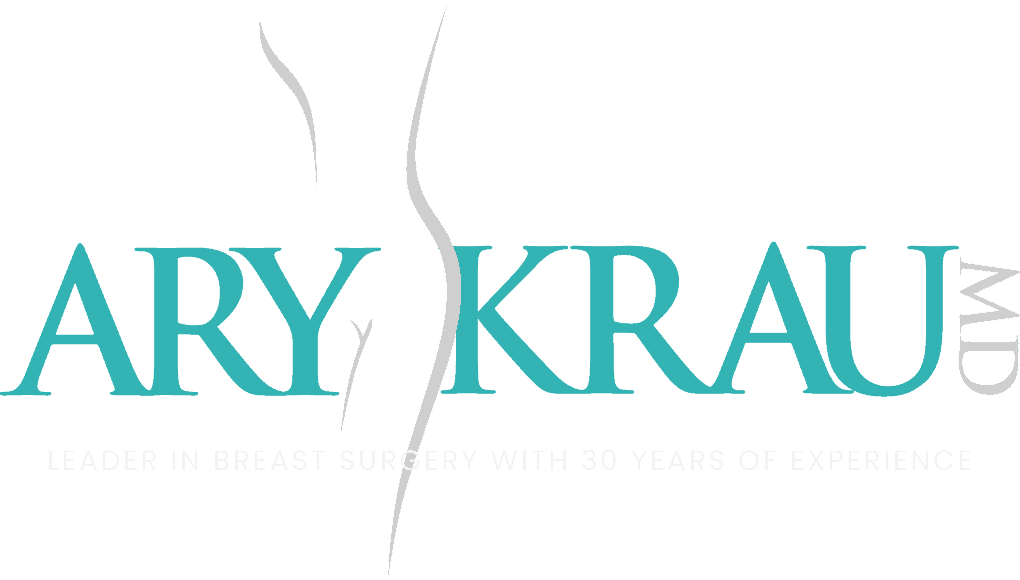
But how much change can you expect when you have surgery performed on your nose? Ary Krau, MD, board-certified plastic surgeon in Miami, works with each individual to project and then work to create the ideal nose. Using specialized imaging software, Dr. Krau creates a picture of what your nose could look like after surgery. You’ll discuss what you like or don’t like, or what you’d like to see adjusted more or less.
To answer simply, an individual can expect as much or as little change as he or she prefers. Dr. Krau brings years of experience and technique in designing and shaping noses to create the ideal facial composition and profile. He uses a variety of rhinoplasty techniques to achieve the patient’s preferred outcome.
What to Expect
A standard, or closed, rhinoplasty gives the surgeon the ability to reshape the nose from the inside. Dr. Krau can easily tweak or change characteristics of the nose with a closed rhinoplasty.
Open rhinoplasties enable the surgeon, through an extra incision, to further reshape anatomical features. The additional incision means the surgeon has a better view of the structures. The open approach can achieve more dramatic results, if that’s what a patient desires. In addition to these two major types of procedures, Dr. Krau also performs a tip plasty to alter just the tip of the nose, and a septoplasty to correct the septum.
More important than the type of procedure is the experience and philosophy Dr. Krau brings patients. With excellent attention to detail and artistry for sculpting faces and bodies, Dr. Krau aims to achieve the patient’s desired look. And through his experience, he’s found that less can often mean more. Overall, Dr. Krau is committed to designing and perfecting a nose that both he and the patient are striving for.







